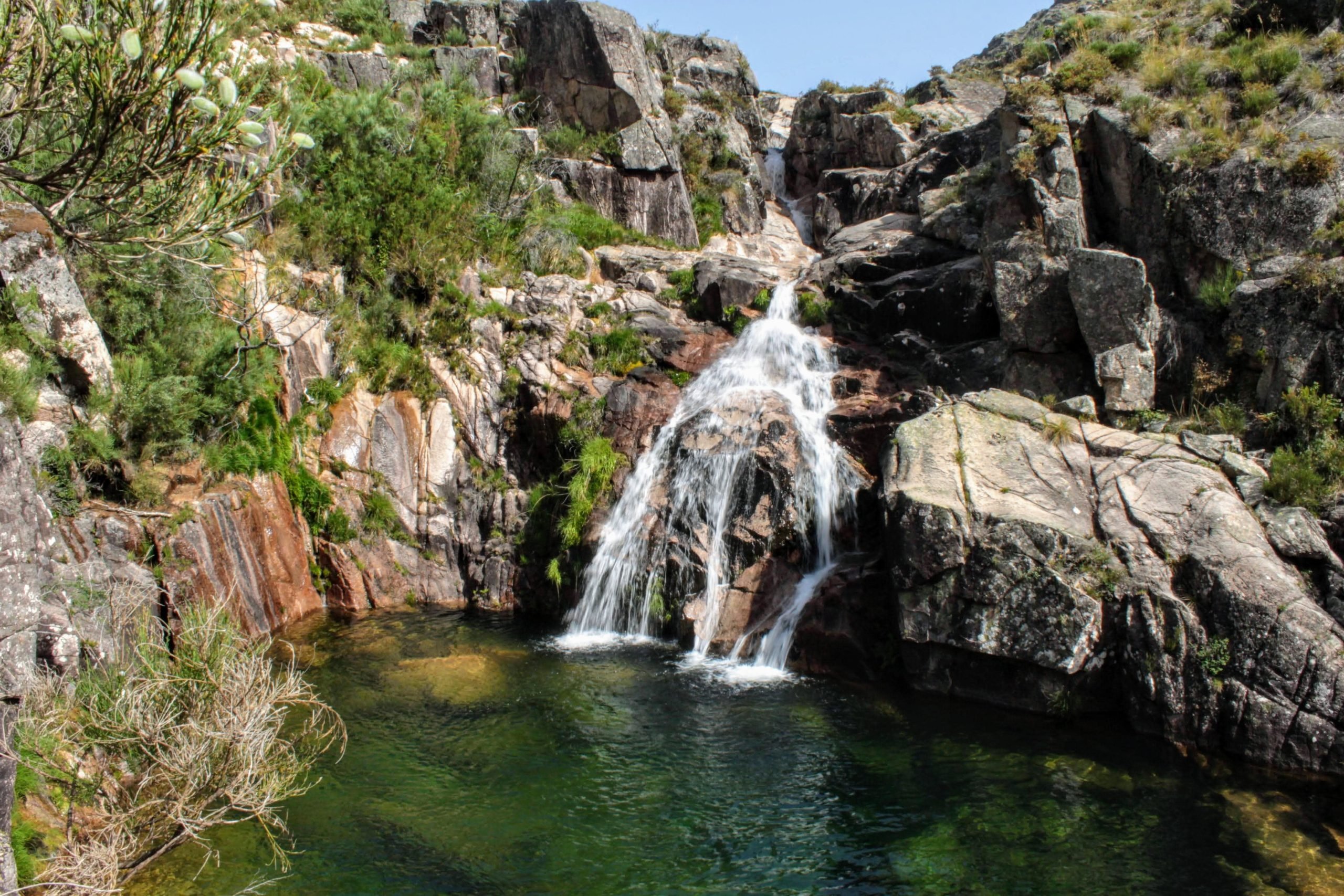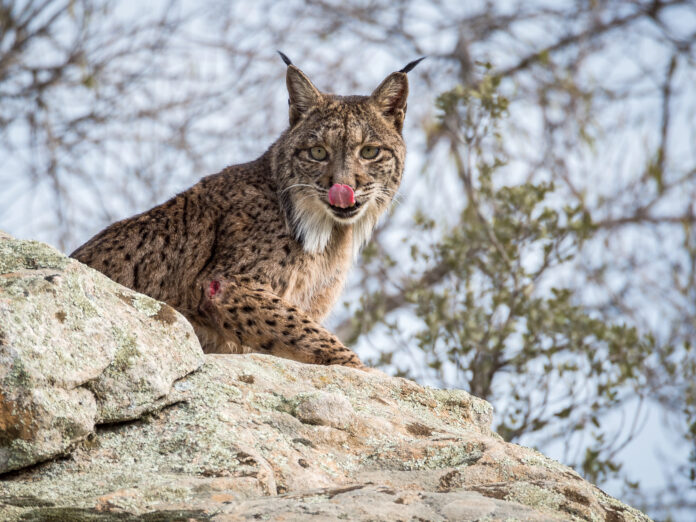There was a time when bears roamed the mountains of Portugal. The hills were covered in oak and chestnut trees, and the rivers flowed without dams, without the sound of cars or electricity pylons. It was a time of wolves, lynxes, otters, deer, and crows crossing the skies at dawn. But time has passed. The animals fled or were killed. Men took over the land. And Portugal, like most of the rest of Europe, has become a place where the great predators are now the stuff of legend, not fact.
But all is not lost.
The Iberian Lynx, the Flagship Return
The Iberian lynx is the ghost of the Peninsula. A solitary hunter, with eyes like ice and legs wide enough to walk in the snow. It was about to disappear forever. At the beginning of the 2000s, there were less than a hundred lynx left in the world. Most of them were in Doñana, in the south of Spain. But Portugal decided not to give up.
Today, thanks to reintroduction and captive breeding programs, there are lynxes in the Alentejo. In the Mértola area, in particular, dozens have been released. They hunt wild rabbits among cistus and cork oaks. And some of them have already been born in the wild.
If you want to try and spot them, the Guadiana Valley Natural Park is the place to start. There are trails between Mértola and Mina de São Domingos where, with luck and patience, you can see fresh footprints at dawn. But you need silence. The lynx sees you long before you see it.
The Iberian Wolf, an Ancient Song
The wolf never left. But it came close. In the second half of the 20th century, poisonings, organized raids and habitat destruction almost caused it to disappear from the south of the country. Today, its population is limited to the north of Portugal, especially north of the Douro River.
The Iberian wolf is not a myth. It’s real. It lives in the mountains of Peneda, Gerês, Montesinho, Alvão and Marão. There, on cold nights, you can still hear its howls cutting through the wind.
For the more adventurous, it’s worth exploring the Peneda-Gerês National Park. There are trails between Castro Laboreiro and the Serra Amarela where you can see footprints and the remains of prey. In Vilarinho da Furna, when the dam is low, you can see the village submerged. And some say that wolves still surround it.
There is also the Iberian Wolf Recovery Center, near Mafra, where you can see specimens in semi-freedom. It’s a good place for those who want to learn, with respect.
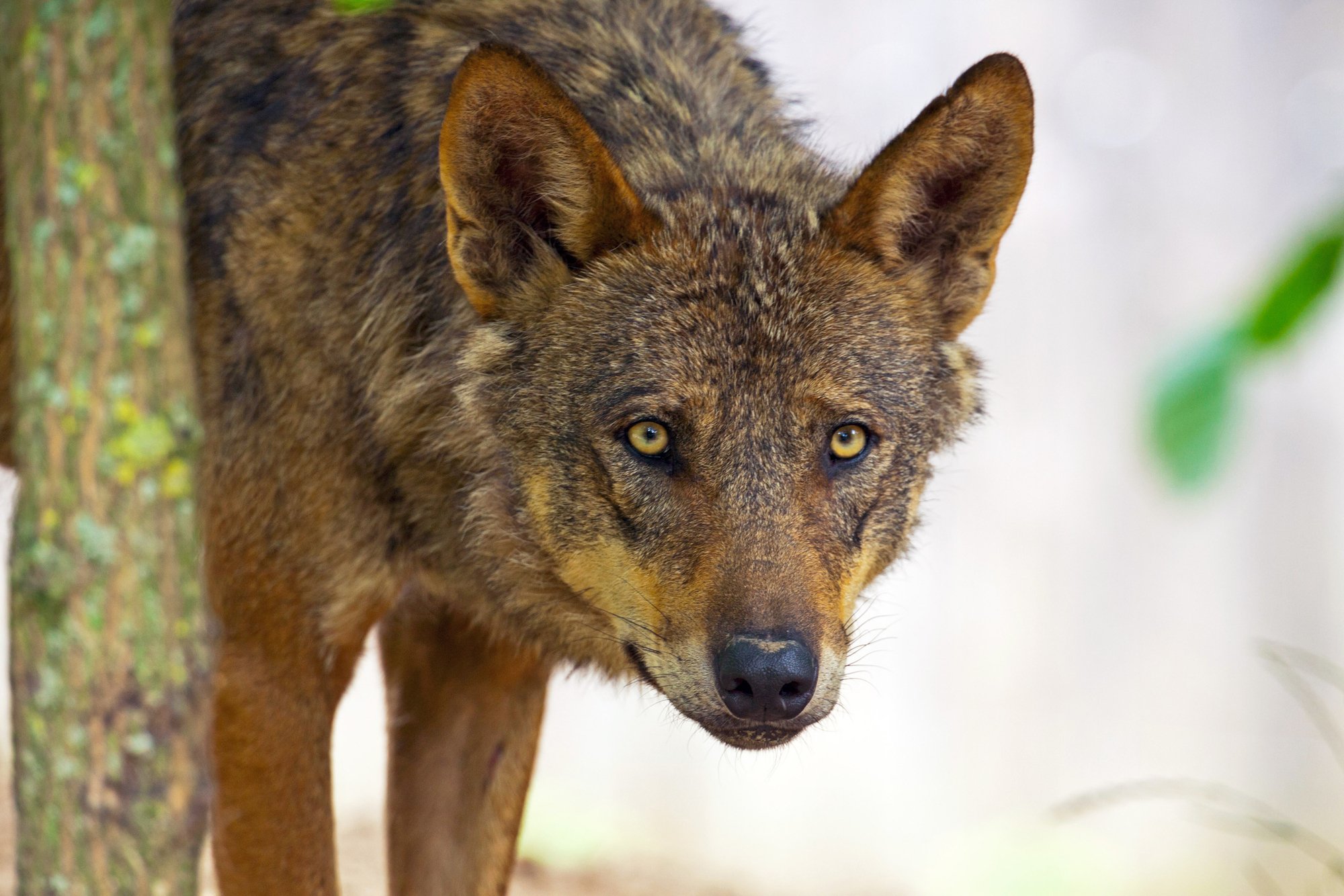
The Iberian Bear, a Foggy Memory
Portugal’s last bear was killed in the 19th century in Trás-os-Montes. Some say it was in 1843. Others in 1850. Nobody knows for sure. Since then, the bear has become legend. But on the other side of the border, in the Cantabrian mountains, bears still exist. And they’ve been getting closer. In 2019, they spotted one in León, a few kilometers from the border.
There are no official plans to reintroduce the bear to Portugal. But it’s not impossible that it will return on its own. The climate changes. The forest comes back slowly. And if there is food and peace, maybe one day it will cross the border again.
Those who want to follow in his footsteps can explore the Montesinho and Sanábria mountains. The trails from Bragança to the Los Arribes del Duero Natural Park offer landscapes that seem to be from another century. This is where the wind still speaks of old things.
The European Beaver, a Silent Return
The beaver disappeared from Portugal more than 500 years ago. It was hunted for its meat, fur and secretions used in ancient medicine. But recently, reintroduced to Spain, it has returned on its own. There are already signs of its presence along the Minho River and in some tributaries of the Douro.
The beaver is not easy to spot. It’s nocturnal, discreet and lives in underground burrows. But the signs are there: gnawed logs, makeshift dams, tail marks in the mud. The trails along the Minho River, between Monção and Melgaço, are ideal for trying to find it. Go early in the morning or late in the afternoon. And wait.
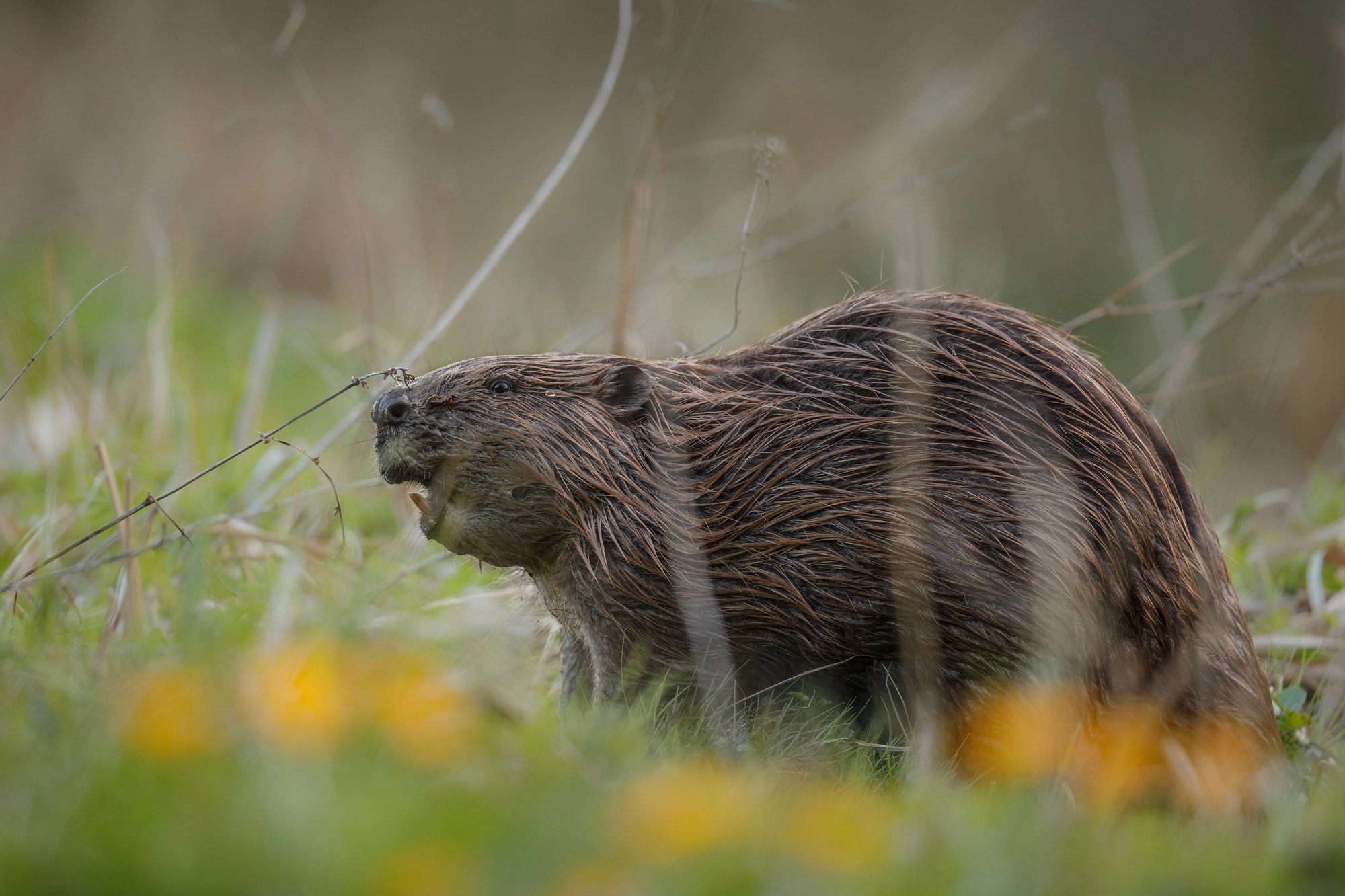
The Otter and the Wildcat, the Forgotten
The otter has survived. Discreet and an expert swimmer, it lives in clean rivers and calm coastal areas. It can be seen in the Sado, Mondego, and Lima rivers. In the Algarve, there are reports of otters playing on the beaches at dawn. It is an animal that likes shade and solitude.
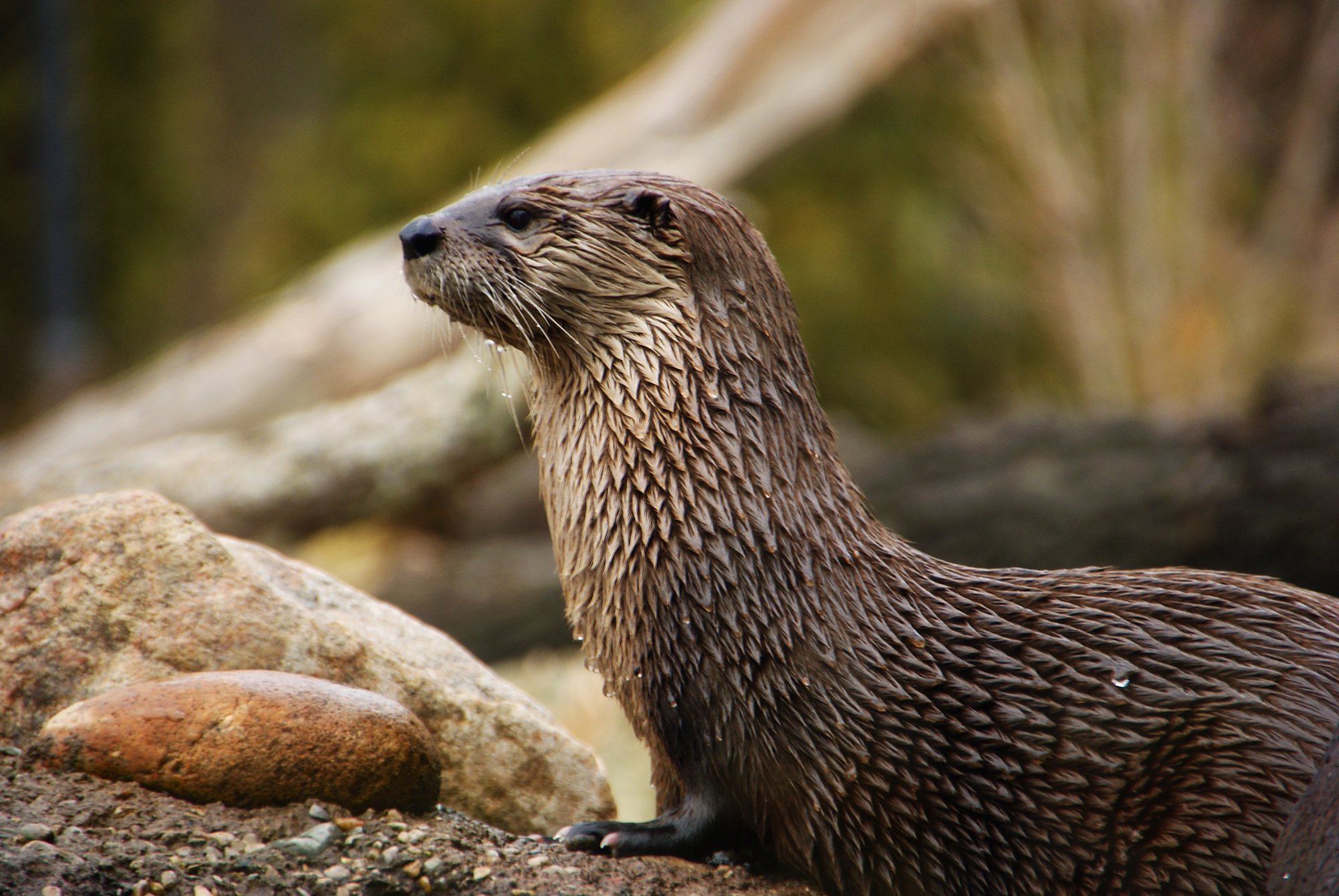
The wildcat is more myth than reality for most people. But it is there, especially in the northern and central interior. It looks like a house cat, but it’s more robust and wilder. It lives among brooms and rocks, avoiding human presence. In places like Serra da Estrela and Serra de São Mamede, there is still hope of finding it.
Wild Tourism: Seeing Without Touching
Portugal is slowly starting to invest in nature tourism. There are guided walks to watch birds, wolves and lynxes. There are country houses where you can spend the night listening to the mountains. But the most important thing to remember is that these animals are not in a zoo. They live. They run. They survive.
Anyone who wants to experience this ancient world can go to the Montesinho Natural Park, the Côa Valley, the Serra da Malcata, and the Guadiana Valley. Take binoculars, sturdy shoes, patience. And, above all, respect.
Final Thoughts
Portugal is a small country, but it’s full of memories. The land remembers the footsteps of the bear, the howl of the wolf, and the leap of the lynx. They left because we killed them, because we stole their space. But some are coming back.
It’s up to us now to protect what’s left. Make room for what can return. And to walk slowly through the mountains and valleys, as if apologizing. Because nature doesn’t forget. And when it forgives, it does so in silence.
Perhaps one day, as we climb a deserted hillside in the north-east of Trás-os-Montes, we’ll once again see the shadow of a bear. Or hear the crunch of leaves under the paws of a lynx. And then, in that brief instant, perhaps Portugal will once again be a wild place. As it was. As it should be.
